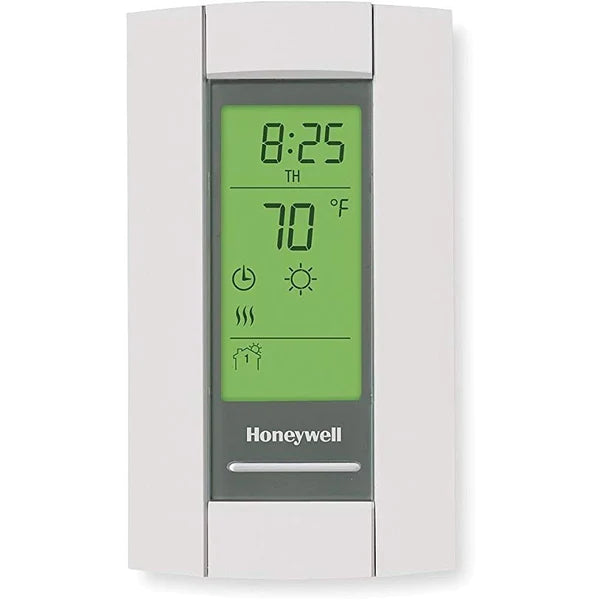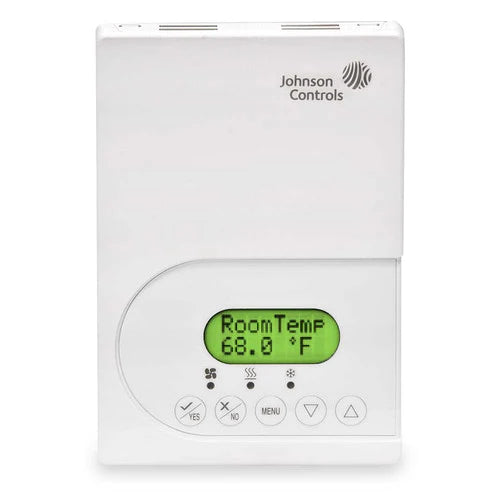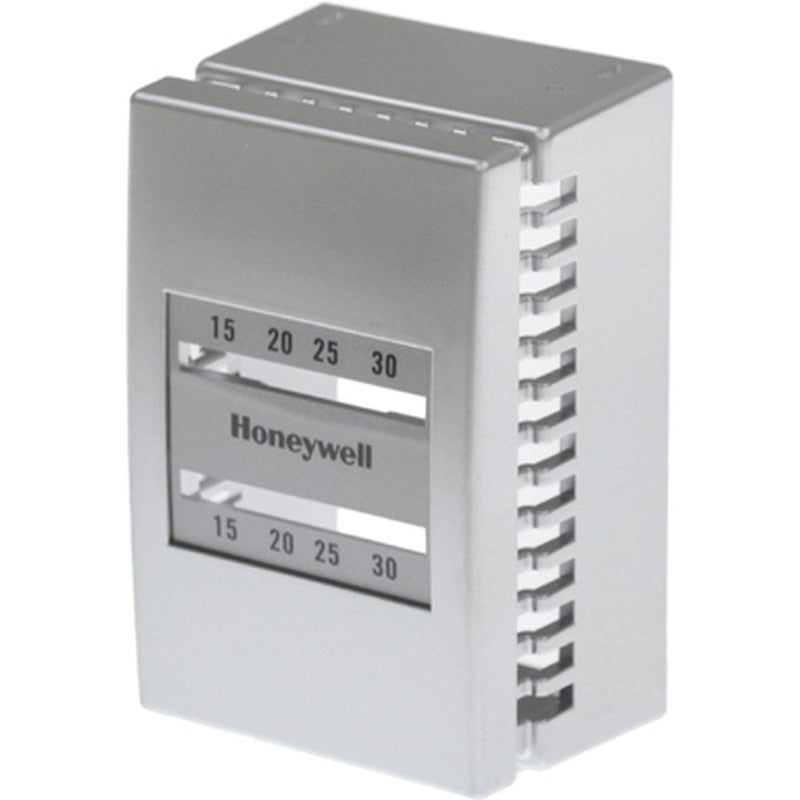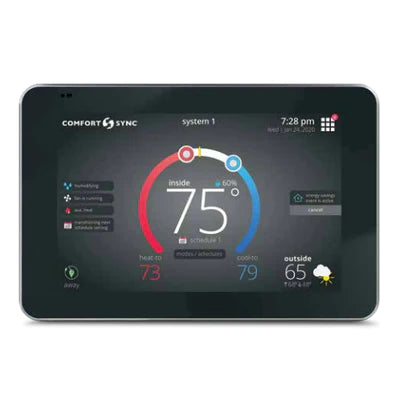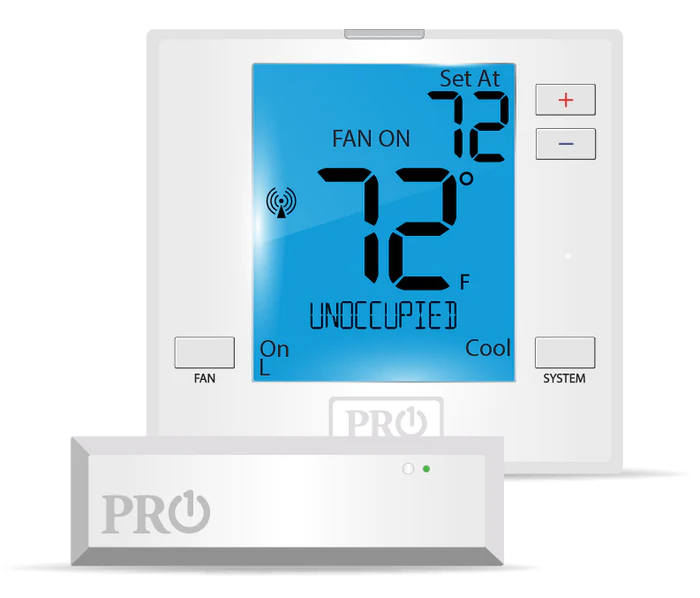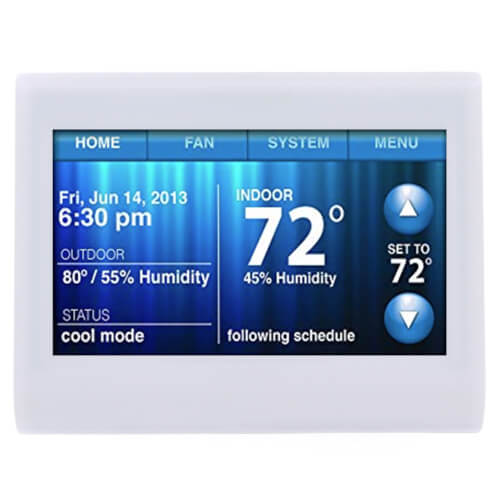- Sort by Featured
- Sort by Best Selling
- Sort by Alphabetically, A-Z
- Sort by Alphabetically, Z-A
- Sort by Price, low to high
- Sort by Price, high to low
- Sort by Date, new to old
- Sort by Date, old to new
- Sort by Featured
- Sort by Best Selling
- Sort by Alphabetically, A-Z
- Sort by Alphabetically, Z-A
- Sort by Price, low to high
- Sort by Price, high to low
- Sort by Date, new to old
- Sort by Date, old to new
Programmed ECM Motors: What You Need to Know
Programmable ECM (Electronically Commutated Motor) motors are becoming increasingly popular in HVAC systems. These motors offer several benefits over traditional non-programmable models, including improved energy efficiency and versatility. But what exactly do you need to know about how programmed ECM motors work, and how can they help your HVAC system? Let’s take a closer look.
What is an Electronically Commutated Motor?
An electronically commutated motor (ECM) is an energy-efficient motor that uses electronic controls to regulate the speed and power of the motor. Essentially, it's like having switches that automatically adjust the speed of the motor depending on what speed or power you need at any given time. This makes it easier to control the flow of air in your HVAC system precisely, improving overall efficiency and energy savings.
The Benefits of Using Programmed ECM Motors
One of the biggest advantages of using programmed ECM motors is their increased energy efficiency compared to traditional non-programmable motors. By adjusting the speed according to demand, these motors can conserve more energy that would otherwise be lost in unused electricity or heat. In addition, because you're able to precisely control how much air is being moved through your HVAC system at any given time, you're able to ensure that only as much air as necessary is being used -- resulting in further savings on your utility bills.
Another benefit of using programmed ECM motors is their versatility. With these types of motors, you can tailor them for specific purposes within your HVAC setup. For example, if you need extra heat during cold winter months but don't want too much airflow during warmer months, then you can program your ECM motor accordingly so it only supplies enough airflow when necessary -- saving you even more money on utility expenses in both cases. Additionally, you can also program fan speeds with these motors so they run quietly when not needed and only increase their sound levels when needed -- providing additional comfort benefits for occupants in the home or office building where they're installed.
Finally, another key benefit of using programmed ECM motors is their ability to monitor humidity levels within a space. These types of motors are equipped with sensors that detect humidity levels and then adjust fan speeds accordingly in order to maintain optimal moisture levels throughout the space – helping improve indoor air quality while also reducing mold growth risks and discomfort caused by dry air inside the home or building.
Conclusion
As we’ve seen, there are numerous advantages associated with using programmed ECM motors over traditional non-programmable models within an HVAC system – from improved energy efficiency to tailored fan speeds and humidity monitoring capabilities – all resulting in cost savings as well as added comfort benefits for occupants within a space where these types of motors have been installed. Ultimately, this makes them a great choice for virtually any residential or commercial setup looking for better control over their heating and cooling needs without breaking their budget on utility costs each month!









